News
The Wedge Guy: A defense of blades
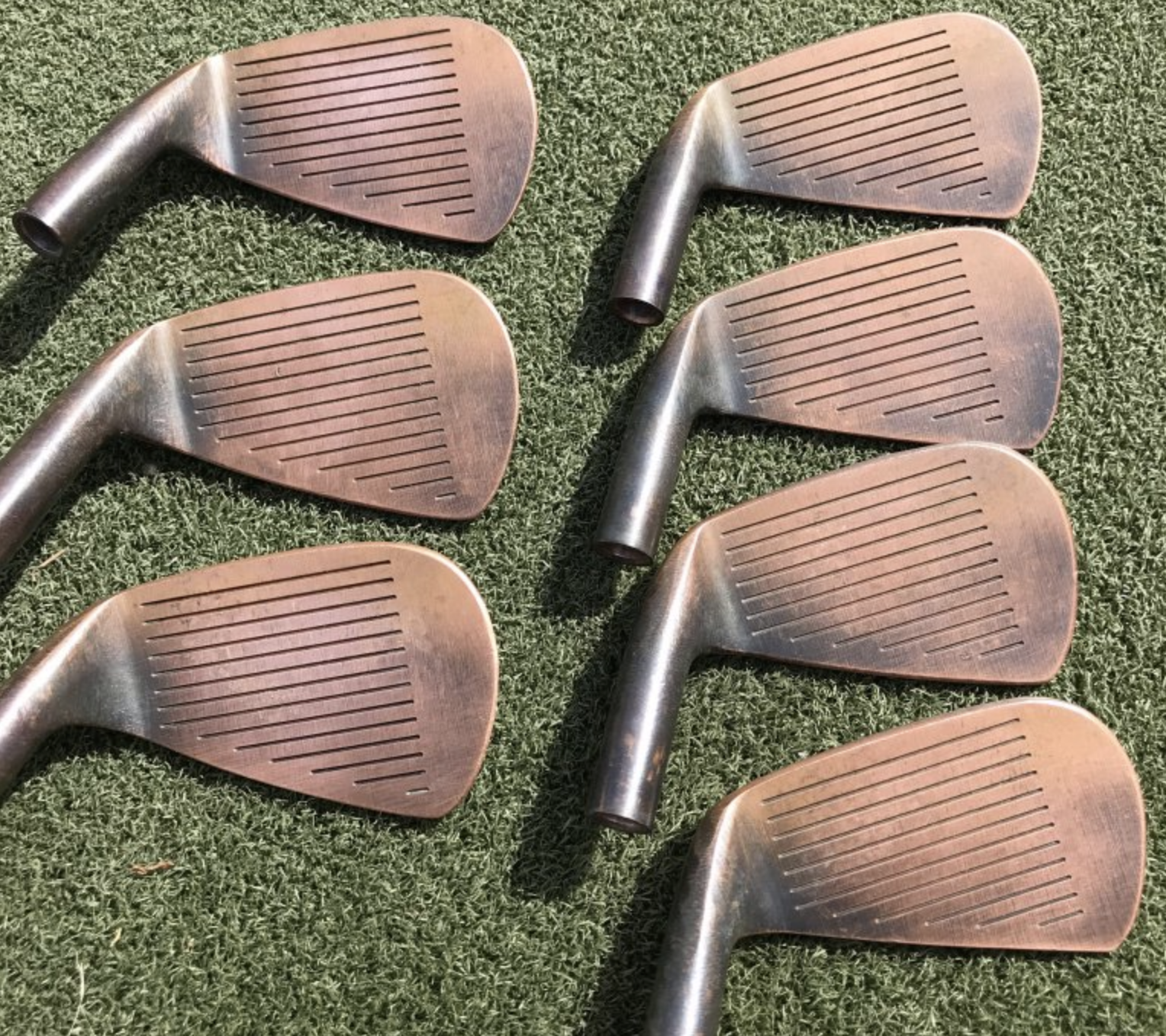
One of the longest-running and most active conversations in all of golf equipment is the subject of blades versus game improvement irons. Over the nearly 20 years I’ve been writing this blog as “The Wedge Guy,” I’ve addressed this in various ways and always stimulated a lively discussion with my readers.
I hope this angle on the conversation will do the same, so all of you please share your thoughts and observations.
In the interest of full disclosure, I have always played some kind of blade-style irons, with only a few detours along the way. But I always come back to my blades, so let me explain why.
I grew up in the 1950s and 60s when blades were all we had. As a teenager with a developing skill set, I became a devotee to those models from the old Ben Hogan Company, and played the “Bounce Sole” model, then several iterations of the Apex line after it was introduced. Those few sets served me well into my 30s, when I became involved in the golf equipment industry. Having Joe Powell Golf as a client, I switched to his pure muscle back model called the “PGI.” They were certainly sweet.
In the late 1980s, I was handling the marketing for Merit Golf, who offered a cavity back forging called the Fusion, which was inspired by the Ben Hogan Edge irons, but offered a more traditional face profile. So, I switched to them.
Playing to a low single digit handicap at the time, I really didn’t see my scores change, but I just wasn’t making as many birdies as I had before. Openly pondering why my golf felt different, a regular golf buddy noted, “You’re not knocking down pins as often as you used to,” and I realized he was right. I was hitting just as many greens as before, maybe one or two more, but I wasn’t getting those kick-in birdies nearly as often. So, I went to the closet and broke out the old Joe Powell PGI irons and had an epic day with three birdies inside five feet and a couple more in the 5-10 range.
Those blades stayed in the bag until I developed my first iron design, the “RL blades” by my first company, Reid Lockhart. By this time, I had seen enough robotic testing prove that the most penalizing mishit with a blade was a toe impact, which mirrored my own experience. So, I sculpted a pure muscle back blade, but added a bit of mass toward the toe to compensate for that deficiency of all such designs.
I played those irons for 20 years, until I created the “FT. WORTH 15” irons for the re-launch of the Ben Hogan brand in 2015. In that design, I further evolved my work to very slightly add a bit of modified perimeter weighting to a pure forged blade, taking inspiration from many of Mr. Hogan’s earlier personal designs in the Apex line of the “old” Ben Hogan Company. Those are still in my bag, going on eight years now.
So, why do I think I can make a solid defense for playing blade irons? Because of their pinpoint distance control, particularly in the short irons — those with lofts of 35 degrees or higher.
I’ll certainly acknowledge that some modern perimeter weighting is very helpful in the lower lofts . . .the mid- and long irons. In those clubs, somewhere on or near the green is totally acceptable, whether you are playing to break 90 or trying to win on the PGA Tour. [Did you know those guys are actually over par as a group outside 9-iron range?] That’s why you see an increasing number of them playing a conservative game-improvement design in those lofts. But also remember that we in the golf club design business deal with poor “hits” only . . . we have no control over the quality of your swing, so the vast majority of bad golf shots are far beyond our influence.
But what I’ve seen in repeated robotic testing and in my own play, when you get to the prime scoring clubs – short irons and wedges – having a solid thickness of mass directly behind the impact point on the face consistently delivers better distance control and spin. In my own designs of the SCOR wedges in 2010, and the Ben Hogan FT.WORTH 15 irons and TK15 wedges, I created a distribution of mass that actually placed a bit more face thickness behind the slight mishit than even in the center, and the distance consistency was remarkable.
I’ve carried that thinking to the Edison Forged wedges by positioning much more mass behind the high face and toe miss than any other wedges on the market. And in robotic testing, they deliver better transfer of energy on those mishits than any other wedge we tested.
So, back to that experience when I switched back to my Joe Powell blades from the Merit cavity back forging, I can sum it up this way.
If your pleasure from your golf is derived more from how good your worst shots turn out, then a game improvement iron is probably the way to go. But if your golf pleasure is more about how good your best shots are, I think there is a very strong case to be made for playing some kind of blade iron design, at least in your scoring clubs.
Alright, fans: sound off!
- LIKE175
- LEGIT19
- WOW5
- LOL5
- IDHT1
- FLOP2
- OB1
- SHANK11
News
Four books for a springtime review
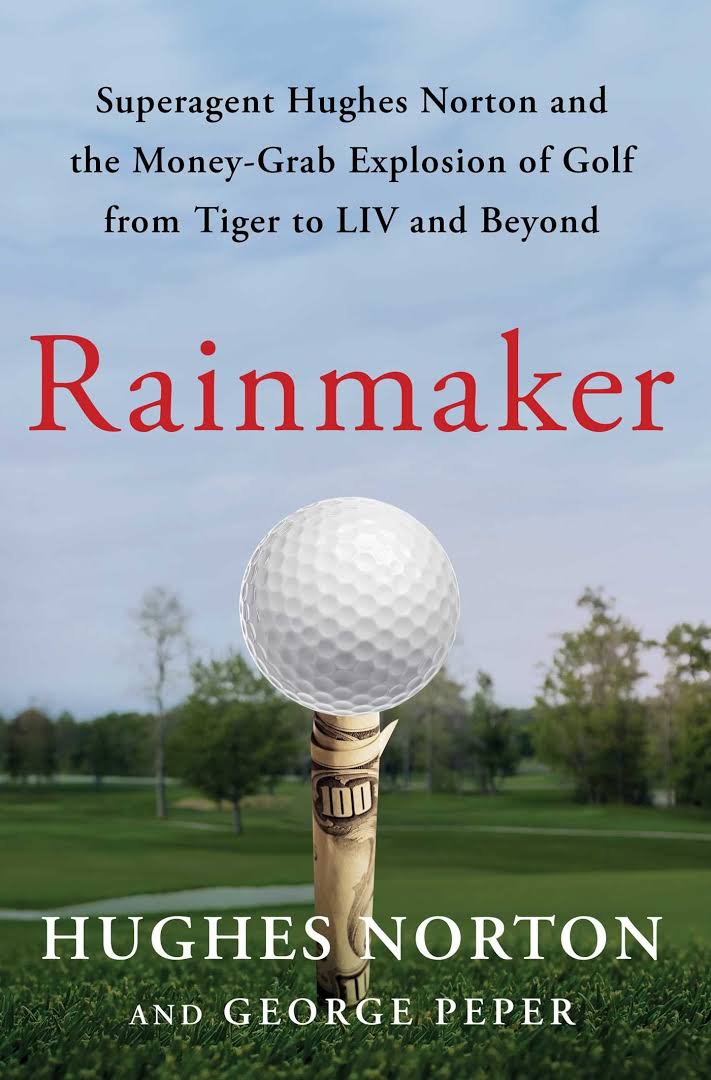
One thing that never changes over time: snowy evenings give purpose to reading (is it the other way around?) It has been a snowy 2024 in western New York, and I’ve had ample time to tuck into an easy chair with a blanket, coffee, and a book. You’re in luck, because despite the title of this piece, I’ll share five books and their worth with you.
There is great breadth of subject matter from one to five. Golf is as complicated as life, which means that the cover of the book isn’t worth judging. The contents begin the tale, but there is so much more to each topic presented within. If you’re like me, your library grows each year. Despite the value of the virtual, the paper-printed word connects us to the past of golf and humanity. Here’s hoping that you’ll add one or more of these titles to your collection.
Hughes Norton interviewed with Mark McCormack for 20 minutes (30 if you count the missed exit at Logan International) while driving the founder of IMG from Harvard to the airport. The lesson of taking advantage of each moment, of every dollar, because you might not get another opportunity, is the most valuable one that life offers. I say to you, be certain to read this book, because another opportunity to bend the ear of Hughes Norton may not come our way.
Hughes Norton was with Tiger Woods for waaayyy fewer years than you might guess, but they were the critical ones. Be warned: not all of the revelations in this tome are for the faint of heart. Some, in fact, will break your heart. Golf was a sleepy hamlet in the 1990s, until the 16-lane interstate called Eldrick “Tiger” Woods came into town. Everything changed, which meant that everything would change again and again, into eternity. Once the ball starts rolling, it’s impossible to stop.
My favorite aspect of this book is its candor. Hughes Norton is well into his time on Planet Earth. He has no reason to hold back, and he doesn’t. My least favorite aspect is that George Peper got the call to co-author the book (and I didn’t.) Seriously, there is no LFA for me, so this is the best that I could do.
Decision: Buy It!
The Golf Courses of Seth Raynor
Michael Wolf, James Sitar, and Jon Cavalier, in abject partnership, collaborated to produce a handsome volume on the work of gone-too-soon, engineer-turned-golf course architect. Seth Raynor was pulled into the game by Charles Blair MacDonald, the crusty godfather of American golf. Raynor played little golf across the 51 years of his life. His reason? He did not wish to corrupt his designs with the demands and failings of his own game.
Jon Cavalier began his photography career as a contributor to the Golf Club Atlas discussion group. I met him there in a virtual way (we still have yet to shake hands) and have exchanged numerous emails over the years. Despite the demands of his day job, Cavalier has blossomed into the most traveled and prolific course photographer alive today. His photography, both hand-held and drone, makes the pages pop. Michael Wolf invited me and two friends to play his home course, despite having never met any of us in person. His words, melded to those of James Sitar, are the glue that connect Cavalier’s photos.
My favorite aspect of the books is the access it gives to the private-club world of Raynor. Fewer than five of his courses are resort or public access, and knowing people on the inside is not available to all. My suggestion? Write a letter/email and see if a club will let you play. Can’t hurt to try! My one complaint about the book is its horizontal nature. Golf is wide, but I like a little vertical in my photos. It’s not much of a complaint, given the glorious contents within the covers.
Decision: Buy It!!
Big Green Book from The Golfer’s Journal
Beginning with its (over)size, and continuing through the entire contents, there is no descriptor that defines the genre of the Big Green Book. It is photography, essay, layout, poetry, graphics, and stream of consciousness. It harnesses the creative power of a lengthy masthead of today’s finest golf contributors. Quotes from Harvey Penick, verse from Billy Collins, and prose from John Updike partner with images pure and altered, to immerse you in the diverse golf spaces that define this planet.
One of my favorite aspects is the spaces between the words and photos. Have your friends and others write a few notes to you in those blank areas, to personalize your volume even more. One aspect that needs improvement: the lack of female voices. I suspect that will be remedied in future volumes.
Decision: Buy It!!!
Troublemaker and The Unplayable Lie
Books that allege discrimination and mistreatment check two boxes: potentially-salacious reads and debate over whose perspective is accurate. In the end, the presentation of salacious revelation rarely meets the expectation, and the debate over fault is seldom resolved. Lisa Cornwell spent years as a competitive junior and college golfer, before joining The Golf Channel as a reporter and program host.
Despite the dream assignments, there were clouds that covered the sun. Cornwell documents episodes of favoritism and descrimination against her, prior to her departure from The Golf Channel in 2021. Her work echoes the production of the late Marcia Chambers, who wrote for Golf Digest in the 1980s and 1990s. Chambers took issue with many of the potential and real legal issues surrounding golf and its policies of access/no access. Her research culminated in The Unplayable Lie, the first work of its kind to address issues confronted by all genders and ethnicities, and immediately predated the professional debut of Tiger Woods in 1997.
My favorite aspects of the two works, are the courage and conviction that it took to write them, and believe in them. My least favorite aspects are the consistent bias that many groups continue to face. Without awareness, there is no action. Without action, there is no change.
Decision: Buy Them!!!!
- LIKE1
- LEGIT1
- WOW0
- LOL0
- IDHT0
- FLOP0
- OB0
- SHANK0
Tour Photo Galleries
Photos from the 2024 Texas Children’s Houston Open
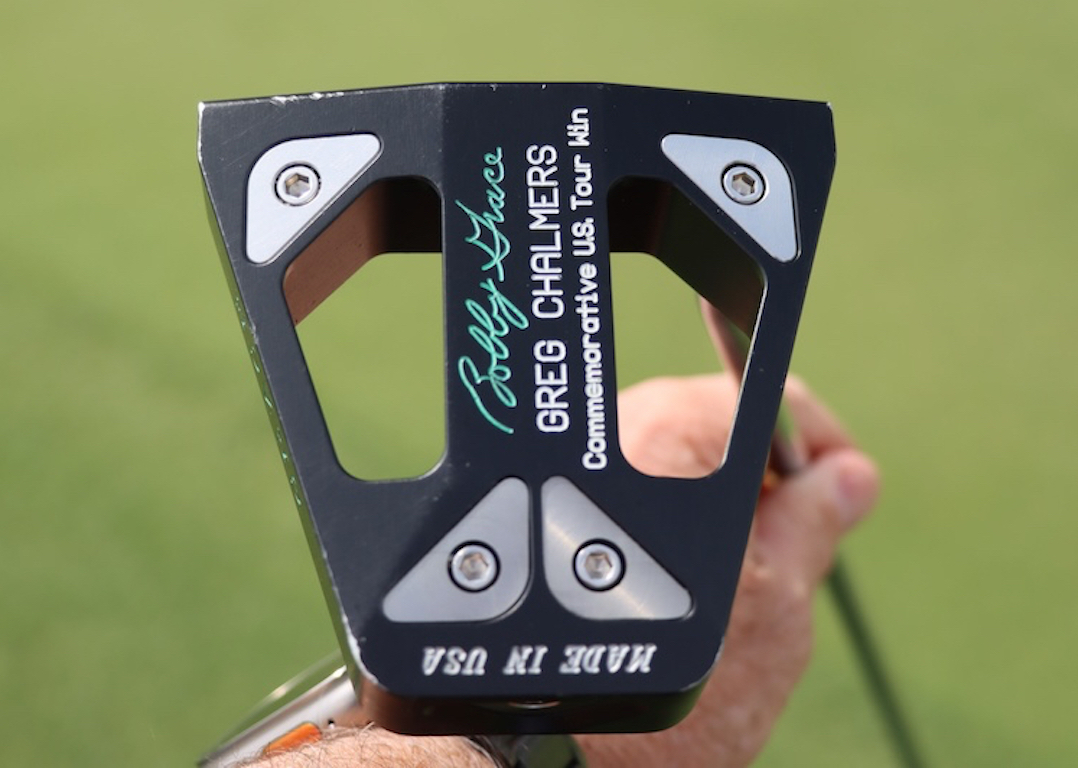
GolfWRX is on site in the Lone Star State this week for the Texas Children’s Houston Open.
General galleries from the putting green and range, WITBs — including Thorbjorn Olesen and Zac Blair — and several pull-out albums await.
As always, we’ll continue to update as more photos flow in. Check out links to all our photos from Houston below.
General Albums
- 2024 Texas Children’s Houston Open – Monday #1
- 2024 Texas Children’s Houston Open – Monday #2
- 2024 Texas Children’s Houston Open – Tuesday #1
- 2024 Texas Children’s Houston Open – Tuesday #2
- 2024 Texas Children’s Houston Open – Tuesday #3

WITB Albums
- Thorbjorn Olesen – WITB – 2024 Texas Children’s Houston Open
- Ben Silverman – WITB – 2024 Texas Children’s Houston Open
- Jesse Droemer – SoTX PGA Section POY – WITB – 2024 Texas Children’s Houston Open
- David Lipsky – WITB – 2024 Texas Children’s Houston Open
- Martin Trainer – WITB – 2024 Texas Children’s Houston Open
- Zac Blair – WITB – 2024 Texas Children’s Houston Open
- Jacob Bridgeman – WITB – 2024 Texas Children’s Houston Open
- Trace Crowe – WITB – 2024 Texas Children’s Houston Open
- Daniel Berger – WITB(very mini) – 2024 Texas Children’s Houston Open
- Chesson Hadley – WITB – 2024 Texas Children’s Houston Open
- Callum McNeill – WITB – 2024 Texas Children’s Houston Open
- Rhein Gibson – WITB – 2024 Texas Children’s Houston Open
- Patrick Fishburn – WITB – 2024 Texas Children’s Houston Open
- Peter Malnati – WITB – 2024 Texas Children’s Houston Open
- Raul Pereda – WITB – 2024 Texas Children’s Houston Open
Pullout Albums
- Tom Hoge’s custom Cameron – 2024 Texas Children’s Houston Open
- Cameron putter – 2024 Texas Children’s Houston Open
- Piretti putters – 2024 Texas Children’s Houston Open

- Ping putter – 2024 Texas Children’s Houston Open
- Kevin Dougherty’s custom Cameron putter – 2024 Texas Children’s Houston Open
- Bettinardi putter – 2024 Texas Children’s Houston Open
- Cameron putter – 2024 Texas Children’s Houston Open
- Erik Barnes testing an all-black Axis1 putter – 2024 Texas Children’s Houston Open
- Tony Finau’s new driver shaft – 2024 Texas Children’s Houston Open
See what GolfWRXers are saying in the forums.
- LIKE8
- LEGIT1
- WOW0
- LOL0
- IDHT0
- FLOP0
- OB0
- SHANK0
19th Hole
Vincenzi’s 2024 Texas Children’s Houston Open betting preview

As the Florida swing comes to an end, the PGA Tour makes its way to Houston to play the Texas Children’s Houston Open at Memorial Park Golf Course.
This will be the fourth year that Memorial Park Golf Course will serve as the tournament host. The event did not take place in 2023, but the course hosted the event in 2020, 2021 and 2022.
Memorial Park is a par-70 layout measuring 7,432 yards and features Bermudagrass greens. Historically, the main defense for the course has been thick rough along the fairways and tightly mown runoff areas around the greens. Memorial Park has a unique setup that features three Par 5’s and five Par 3’s.
The field will consist of 132 players, with the top 65 and ties making the cut. There are some big names making the trip to Houston, including Scottie Scheffler, Wyndham Clark, Tony Finau, Will Zalatoris and Sahith Theegala.
Past Winners at Memorial Park
- 2022: Tony Finau (-16)
- 2021: Jason Kokrak (-10)
- 2020: Carlos Ortiz (-13)
In this article and going forward, I’ll be using the Rabbit Hole by Betsperts Golf data engine to develop my custom model. If you want to build your own model or check out all of the detailed stats, you can sign up using promo code: MATTVIN for 25% off any subscription package (yearly is best value).
Key Stats For Memorial Park
Let’s take a look at several metrics for Memorial Park to determine which golfers boast top marks in each category over their last 24 rounds:
Strokes Gained: Approach
Memorial Park is a pretty tough golf course. Golfers are penalized for missing greens and face some difficult up and downs to save par. Approach will be key.
Total Strokes Gained: Approach per round in past 24 rounds:
- Tom Hoge (+1.30)
- Scottie Scheffler (+1.26)
- Keith Mitchell (+0.97)
- Tony Finau (+0.92)
- Jake Knapp (+0.84)
Strokes Gained: Off the Tee
Memorial Park is a long golf course with rough that can be penal. Therefore, a combination of distance and accuracy is the best metric.
Total Strokes Gained: Off the Tee per round in past 24 rounds:
- Scottie Scheffler (+0.94)
- Kevin Dougherty (+0.93)
- Cameron Champ (+0.86)
- Rafael Campos (+0.84)
- Si Woo Kim (+0.70)
Strokes Gained Putting: Bermudagrass + Fast
The Bermudagrass greens played fairly fast the past few years in Houston. Jason Kokrak gained 8.7 strokes putting on his way to victory in 2021 and Tony Finau gained in 7.8 in 2022.
Total Strokes Gained Putting (Bermudagrass) per round past 24 rounds (min. 8 rounds):
- Adam Svensson (+1.27)
- Harry Hall (+1.01)
- Martin Trainer (+0.94)
- Taylor Montgomery (+0.88)
- S.H. Kim (+0.86)
Strokes Gained: Around the Green
With firm and undulating putting surfaces, holding the green on approach shots may prove to be a challenge. Memorial Park has many tightly mowed runoff areas, so golfers will have challenging up-and-down’s around the greens. Carlos Ortiz gained 5.7 strokes around the green on the way to victory in 2020.
Total Strokes Gained: Around the Green per round in past 24 rounds:
- Mackenzie Hughes (+0.76)
- S.H. Kim (+0.68)
- Scottie Scheffler (+0.64)
- Jorge Campillo (+0.62)
- Jason Day (+0.60)
Strokes Gained: Long and Difficult
Memorial Park is a long and difficult golf course. This statistic will incorporate players who’ve had success on these types of tracks in the past.
Total Strokes Gained: Long and Difficult in past 24 rounds:
- Scottie Scheffler (+2.45)
- Ben Griffin (+1.75)
- Will Zalatoris (+1.73)
- Ben Taylor (+1.53)
- Tony Finau (+1.42)
Course History
Here are the players who have performed the most consistently at Memorial Park.
Strokes Gained Total at Memorial Park past 12 rounds:
- Tyson Alexander (+3.65)
- Ben Taylor (+3.40)
- Tony Finau (+2.37)
- Joel Dahmen (+2.25)
- Patton Kizzire (+2.16)
Statistical Model
Below, I’ve reported overall model rankings using a combination of the five key statistical categories previously discussed.
These rankings are comprised of SG: App (24%) SG: OTT (24%); SG: Putting Bermudagrass/Fast (13%); SG: Long and Difficult (13%); SG: ARG (13%) and Course History (13%)
- Scottie Scheffler
- Wyndham Clark
- Tony Finau
- Joel Dahmen
- Stephan Jaeger
- Aaron Rai
- Sahith Theegala
- Keith Mitchell
- Jhonnatan Vegas
- Jason Day
- Kurt Kitayama
- Alex Noren
- Will Zalatoris
- Si Woo Kim
- Adam Long
2024 Texas Children’s Houston Open Picks
Will Zalatoris +2000 (Caesars)
Scottie Scheffler will undoubtedly be difficult to beat this week, so I’m starting my card with someone who I believe has the talent to beat him if he doesn’t have his best stuff.
Will Zalatoris missed the cut at the PLAYERS, but still managed to gain strokes on approach while doing so. In an unpredictable event with extreme variance, I don’t believe it would be wise to discount Zalatoris based on that performance. Prior to The PLAYERS, the 27-year-old finished T13, T2 and T4 in his previous three starts.
Zalatoris plays his best golf on long and difficult golf courses. In his past 24 rounds, he ranks 3rd in the category, but the eye test also tells a similar story. He’s contended at major championships and elevated events in the best of fields with tough scoring conditions. The Texas resident should be a perfect fit at Memorial Park Golf Club.
Alex Noren +4500 (FanDuel)
Alex Noren has been quietly playing some of his best golf of the last half decade this season. The 41-year-old is coming off back-to-back top-20 finishes in Florida including a T9 at The PLAYERS in his most recent start.
In his past 24 rounds, Noren ranks 21st in the field in Strokes Gained: Off the Tee, 30th in Strokes Gained: Around the Green, 25th in Strokes Gained: Total on long and difficult courses and 21st in Strokes Gained: Putting on fast Bermudagrass greens.
In addition to his strong recent play, the Swede also has played well at Memorial Park. In 2022, Noren finished T4 at the event, gaining 2.2 strokes off the tee and 7.0 strokes on approach for the week. In his two starts at the course, he’s gained an average of .6 strokes per round on the field, indicating he is comfortable on these greens.
Noren has been due for a win for what feels like an eternity, but Memorial Park may be the course that suits him well enough for him to finally get his elusive first PGA Tour victory.
Mackenzie Hughes +8000 (FanDuel)
Mackenzie Hughes found himself deep into contention at last week’s Valspar Championship before faltering late and finishing in a tie for 3rd place. While he would have loved to win the event, it’s hard to see the performance as anything other than an overwhelming positive sign for the Canadian.
Hughes has played great golf at Memorial Park in the past. He finished T7 in 2020, T29 in 2021 and T16 in 2022. The course fit seems to be quite strong for Hughes. He’s added distance off the tee in the past year or and ranks 8th in the field for apex height, which will be a key factor when hitting into Memorial Park’s elevated greens with steep run-off areas.
In his past 24 rounds, Hughes is the best player in the field in Strokes Gained: Around the Greens. The ability to scramble at this course will be extremely important. I believe Hughes can build off of his strong finish last week and contend once again to cement himself as a President’s Cup consideration.
Akshay Bhatia +8000 (FanDuel)
Akshay Bhatia played well last week at the Valspar and seemed to be in total control of his golf ball. He finished in a tie for 17th and shot an impressive -3 on a difficult Sunday. After struggling Thursday, Akshay shot 68-70-68 in his next three rounds.
Thus far, Bhatia has played better at easier courses, but his success at Copperhead may be due to his game maturing. The 22-year-old has enormous potential and the raw talent to be one of the best players in the world when he figures it all out.
Bhatia is a high upside play with superstar qualities and may just take the leap forward to the next stage of his career in the coming months.
Cameron Champ +12000 (FanDuel)
Cameron Champ is a player I often target in the outright betting market due to his “boom-or-bust” nature. It’s hard to think of a player in recent history with three PGA Tour wins who’s been as inconsistent as Champ has over the course of his career.
Despite the erratic play, Cam Champ simply knows how to win. He’s won in 2018, 2019 and 2021, so I feel he’s due for a win at some point this season. The former Texas A&M product should be comfortable in Texas and last week he showed us that his game is in a pretty decent spot.
Over his past 24 rounds, Champ ranks 3rd in Strokes Gained: Off the Tee and 30th in Strokes Gained: Total on long and difficult courses. Given his ability to spike at any given time, Memorial Park is a good golf course to target Champ on at triple digit odds.
Robert MacIntyre +12000 (FanDuel)
The challenge this week is finding players who can possibly beat Scottie Scheffler while also not dumping an enormous amount of money into an event that has a player at the top that looks extremely dangerous. Enter McIntyre, who’s another boom-or-bust type player who has the ceiling to compete with anyone when his game is clicking on all cylinders.
In his past 24 rounds, MacIntyre ranks 16th in the field in Strokes Gained: Off the Tee, 17th in Strokes Gained: Around the Green and 10th in Strokes Gained: Total on long and difficult courses.
MacIntyre’s PGA Tour season has gotten off to a slow start, but he finished T6 in Mexico, which is a course where players will hit driver on the majority of their tee shots, which is what we will see at Memorial Park. Texas can also get quite windy, which should suit MacIntyre. Last July, the Scot went toe to toe with Rory McIlroy at the Scottish Open before a narrow defeat. It would take a similar heroic effort to compete with Scheffler this year in Houston.
Ryan Moore +15000 (FanDuel)
Ryan Moore’s iron play has been absolutely unconscious over his past few starts. At The PLAYERS Championship in a loaded field, he gained 6.1 strokes on approach and last week at Copperhead, he gained 9.0 strokes on approach.
It’s been a rough handful of years on Tour for the 41-year-old, but he is still a five-time winner on the PGA Tour who’s young enough for a career resurgence. Moore has chronic deterioration in a costovertebral joint that connects the rib to the spine, but has been getting more consistent of late, which is hopefully a sign that he is getting healthy.
Veterans have been contending in 2024 and I believe taking a flier on a proven Tour play who’s shown signs of life is a wise move at Memorial Park.
- LIKE10
- LEGIT1
- WOW0
- LOL0
- IDHT0
- FLOP0
- OB0
- SHANK1
-

 19th Hole2 days ago
19th Hole2 days agoJohn Daly stuns fans into silence with brutal opening tee shot on PGA Tour Champions
-

 19th Hole6 days ago
19th Hole6 days ago2-time major champ announces shock retirement from the sport at age of 33
-

 19th Hole7 days ago
19th Hole7 days agoEdoardo Molinari reveals the latest PGA Tour golfer to turn down ‘good offer’ from LIV Golf
-

 19th Hole1 week ago
19th Hole1 week agoScottie Scheffler had an interesting response when asked how he ‘quiets the noise’ following Players victory
-

 19th Hole1 week ago
19th Hole1 week agoJon Rahm dealt fresh blow to hopes of qualifying for 2025 Ryder Cup
-

 Equipment2 weeks ago
Equipment2 weeks agoBest driver 2024: The best driver for you, as recommend by expert club fitters
-

 19th Hole2 days ago
19th Hole2 days agoCharlie Woods finds it tough going on American Junior Golf Association debut
-

 19th Hole5 days ago
19th Hole5 days agoWhy Kevin Streelman sought USGA approval to use this equipment tool as he leads Valspar after round one









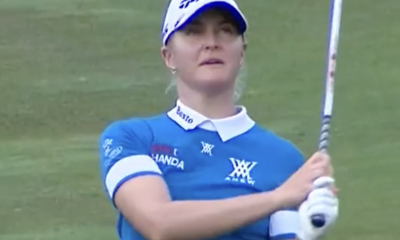

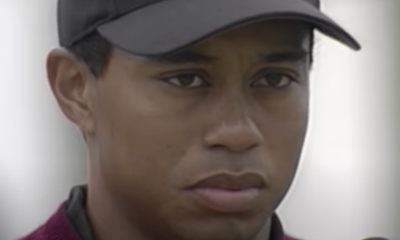




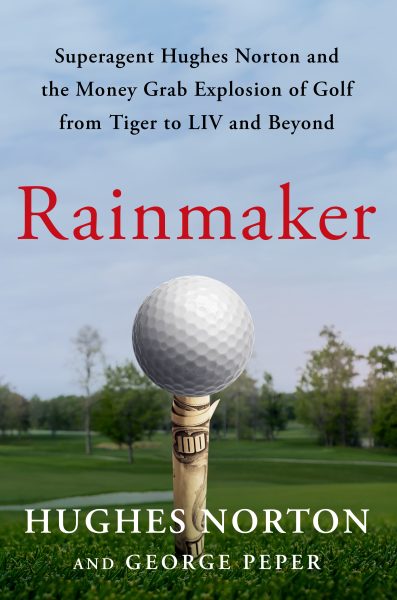
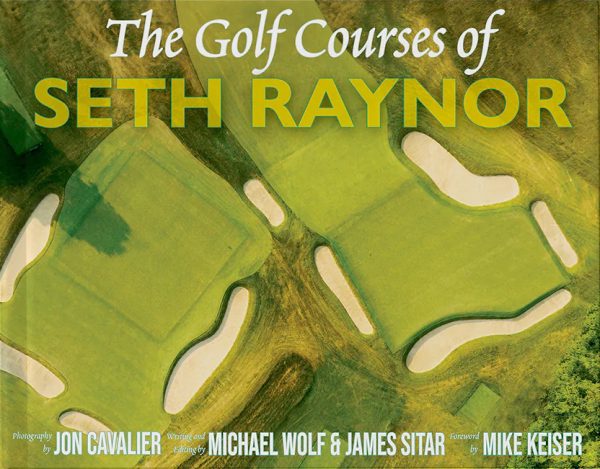
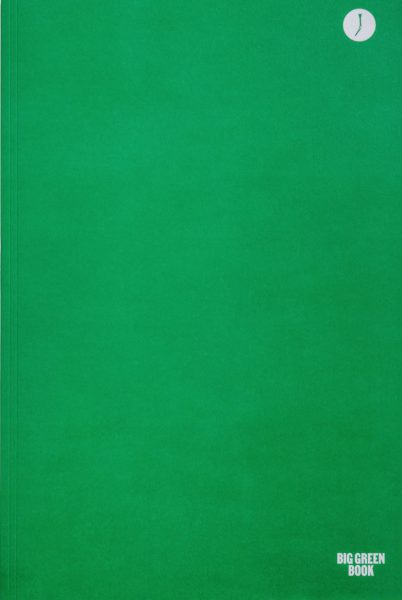



















Pingback: The Wedge Guy: The critical transition factor – GolfWRX
Drew
Sep 30, 2022 at 7:22 pm
So your playing vokey wedges, but game improvement irons of a different(non Titleist) brand. How would one incorporate blades into this setup. But some Titleist 8-PW blades or go with blades of the same manufacture as your game improvement irons? I think a part 2 may be needed for this article
Pingback: The Wedge Guy: A Tale of Two Misses – GolfWRX
Not Biden
Sep 27, 2022 at 7:14 pm
What is the authors playing background? How often does he shoot under par? I take no advice from somebody who’s not scratch or better.
+3.1 myself.
Try
Sep 23, 2022 at 7:19 pm
Nonsense. Give me the largest game improvement iron you can find and you play your blades and I’ll still beat you
Brian
Sep 26, 2022 at 2:23 pm
Suuuure you will. It’s your story, tell it however you want.
MarkM
Sep 23, 2022 at 1:46 pm
I grew up with blades, as I started playing golf in the 70s. I have gone back and forth between blades and CBs but always seem to return to blades for the same reason you cited – the feeling of hitting that pure shot and knowing it will go the distance you want. Currently playing Honma T//W Rose Proto irons
Dennis
Sep 23, 2022 at 12:08 am
Don‘t you need a certain swing speed to play blades?
Brian
Sep 26, 2022 at 2:22 pm
In the 3 – 6i you do. If you don’t have enough speed, your gaps will bunch up in the mid-long irons.
Dan
Sep 22, 2022 at 10:49 pm
Thanks for An enjoyable read. I briefly had RL blades around 2003 and forgotI had them till I read this.
WYBob
Sep 22, 2022 at 7:56 pm
I agree with you 100%. I am about the same age as you and started playing forged blades in the mid-’60s on tight lies and some tough courses in Texas. As you say, they were the only thing available at the time. A modern GI club just does not fit my eye and I hit them worse than most modern MB irons. My favorite irons are still the Ben Hogan FTX from the early 2000s which was a mixed MB (E-7) and CB (6-3)set designed as an integrated set. I still have them plus several sets of Hogan Apex and a set of Hogan Fort Worth irons that I pull out from time to time to test my ball striking (and honestly for nostalgia purposes). However, as a concession to age, I have built out a combo set of irons that take advantage of current technology in an effort to regain some of the distance lost due to age. The primary difference from the FTX is that my current MBs run 8-PW. Thanks for your insights and affirmation that my current thinking about iron set makeup has some merit. cheers…
Nick
Sep 22, 2022 at 6:02 pm
This is my idea for my set of irons is to have players distance in the 4-7irons and get more blade like irons in 8-W
Karsten Solheim
Sep 22, 2022 at 1:24 pm
I had it figured out in 1982 Terry. Certain folks didn’t like it when I took their market share.
Stosh
Sep 22, 2022 at 12:46 pm
I completely agree with your argument. And during my years of trying and buying new clubs, I have found the a mixed set of clubs – blades in the short irons – gave me not only great consistency but the ability to hit a broader variety of shots with control. I encourage golfers, mid to low handicaps to try this set up.